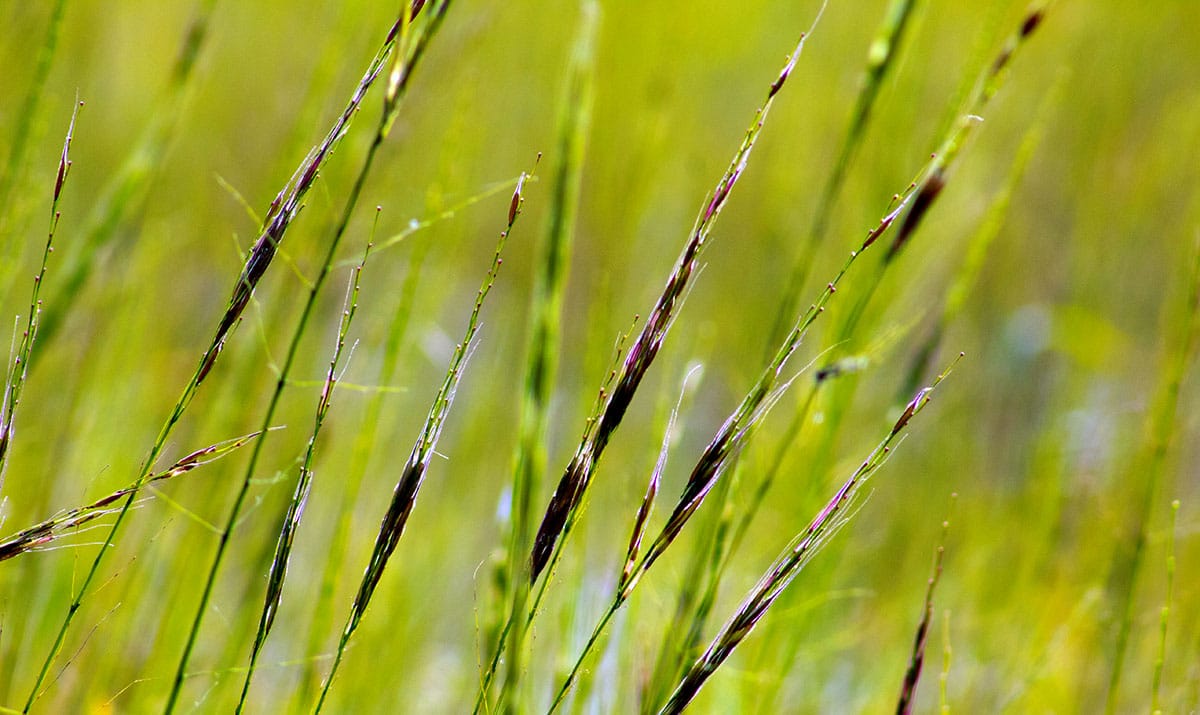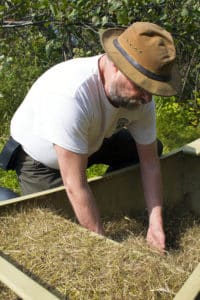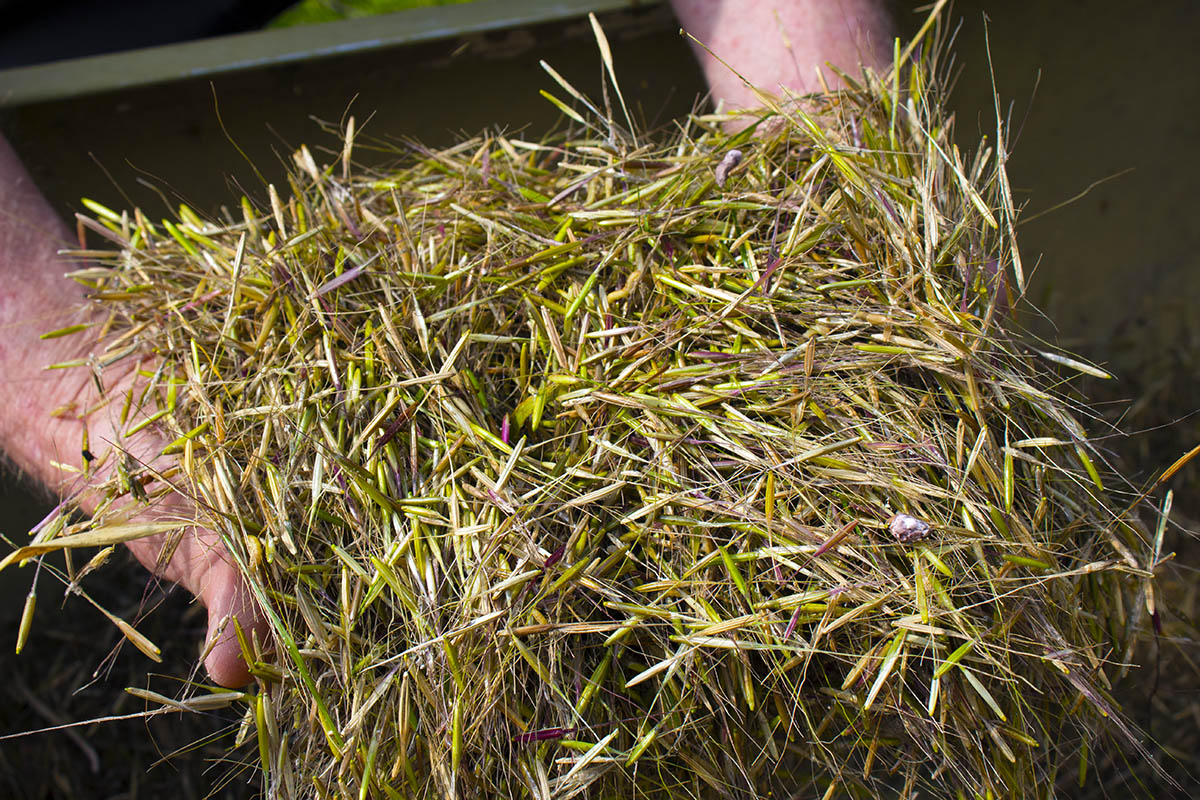Thwack-thwack go the flails on the wild rice
I leaned into the long push-pole to send our canoe through the thick beds of wild rice in the creek in front of our hunting shack. The only sounds were the hissing of the rice stalks as they scraped the sides of the canoe and the thwack–thwack of the wooden sticks called knockers, or flails, held by my brother Ben as they gently knocked the rice grains from their stalks.
The bottom of the canoe was beginning to fill with the green and magenta-colored grains. We were harvesting the rice in a similar manner to that of Native American Indians going back many generations in this region of the country. It was my first time harvesting, but Ben had done this a few times over the years, going back to when we were kids.
A beaver had dammed up the creek flowing out in front of our hunting shack. We had discovered this the day before which was designated as the Youth Waterfowl Hunt here in Minnesota. This is a day that encourages people to get more kids out in duck blinds to try their hand at hunting. We were up at our family hunting shack to mark the occasion with my son and several other family members.
The beaver dam was impressive with a length of seventy feet, or more. It held back all the water of this sizable creek and the result was a two-foot drop in water level just below the dam as it snaked it’s way into the lake. It also appeared to be creating a perfect environment for the rice to grow, so we just couldn’t pass up the opportunity to harvest some of it.
Background of Wild Rice
Manoomin is the Ojibwe word for wild rice. However, the term is a bit of a misnomer since it really isn’t a rice, but the grain of a water-borne grass in the genus Zizania. There are sub-species of Zizania including palustris which is native to the Great Lakes region (and what we were harvesting) and aquatica that grows along the Atlantic and Gulf Regions.
As a harvested food the rice grains are known for their slightly chewy exterior and soft nutty interior. They grow in shallow lakes and slow-flowing rivers. I think this is why the creek in front of our shack was chock-full of wild rice this year with the slower-moving water created by the beaver dam.
Buying & Cooking
When you purchase wild rice in a store it’s important that you look for “hand harvested” or “non-cultivated” on the packaging if you want rice that’s grown in the wild and clear waters of places like northern Minnesota and Canada. Much of what’s out on the market is cultivated commercially in rice paddies. Here’s one perspective on on the reasons you should buy the “real” stuff even though it costs more than its commercially-raised cousin.
The most common way to cook wild rice is to boil it, though it can take a bit longer than your traditional white rices and you should rinse it several times before cooking (refer to “basic preparation” below). In addition, you can pop it like popcorn for a healthy snack and it’s a wonderful complement to many different dishes. Below are links to several recipes from our friends that use the rice when they cook wild game and fish.
(Editor’s Note: This story was first published on the Modern Carnivore blog in January of 2016.)





Share this: